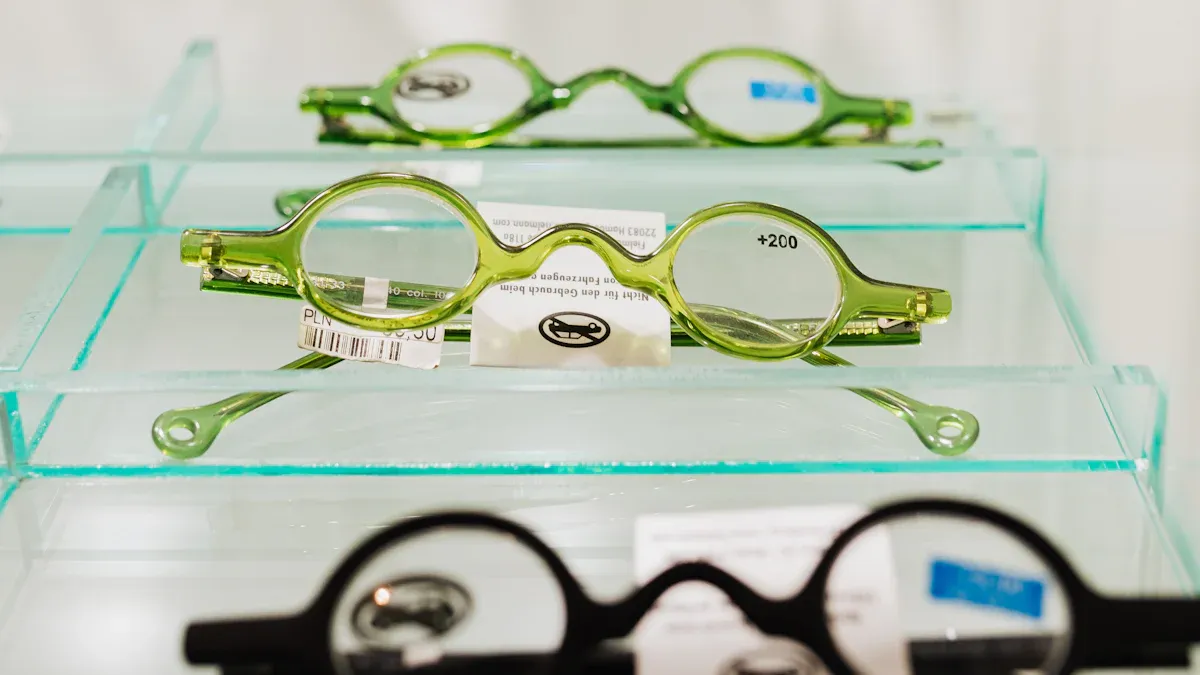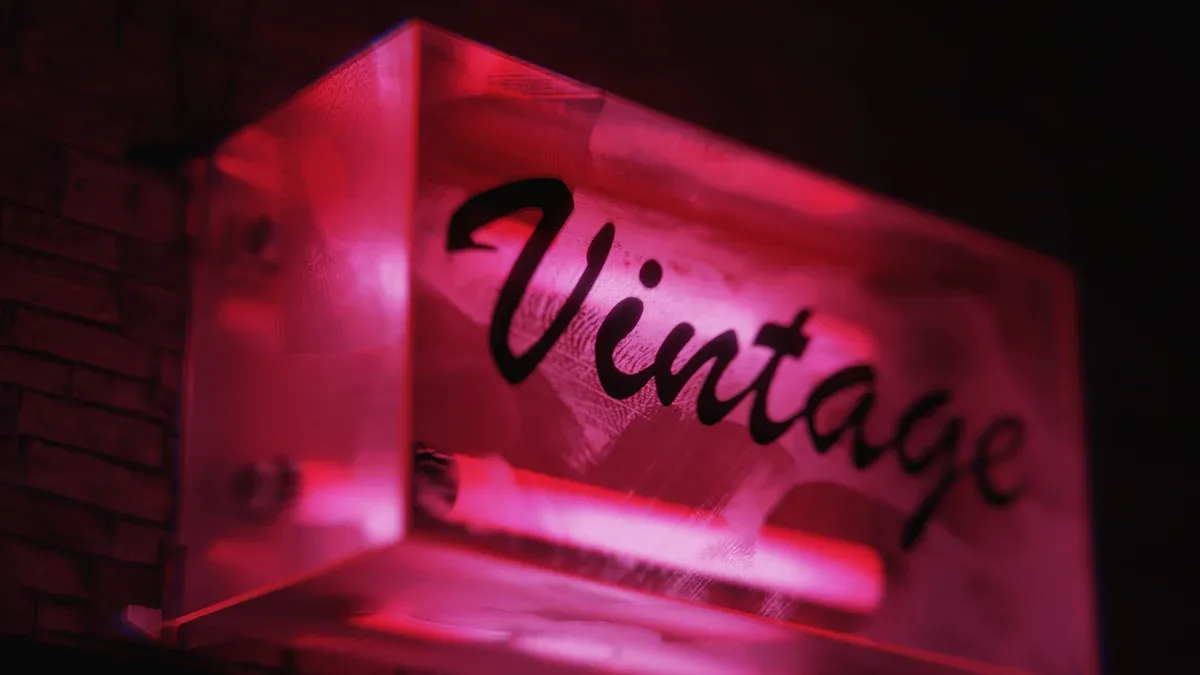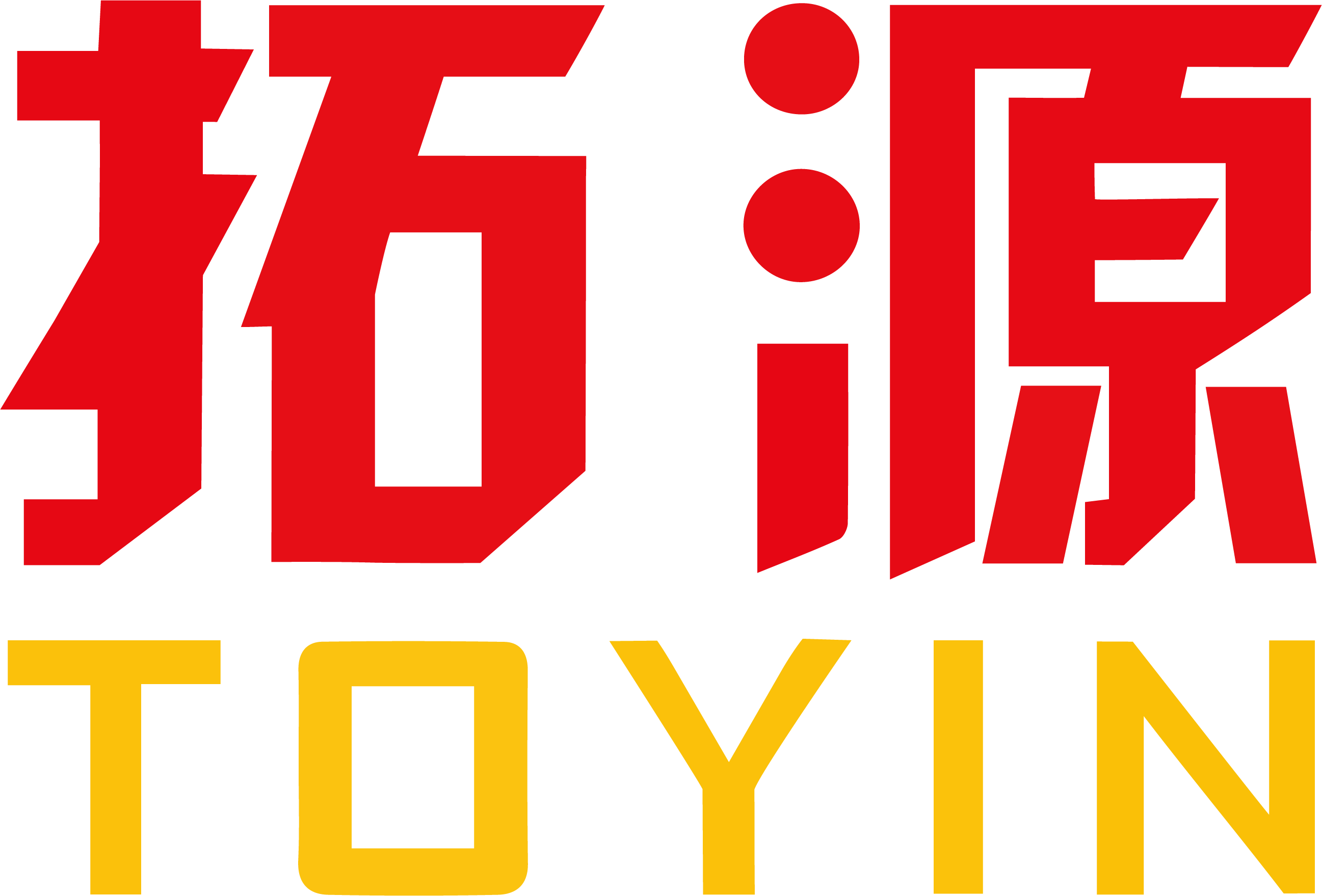You want to perfectly protect and showcase your prized collectibles. Your collection is part of a booming market, with significant growth projected.
Metric | Value |
|---|---|
Market Revenue (2025) | USD 320.30 billion |
Revenue Forecast (2033) | USD 535.50 billion |
Growth Rate (CAGR 2025-2033) | 6.6% |
This guide solves the big challenges you face: understanding minimum order quantity (MOQ), navigating production times, and decoding pricing. We provide the knowledge you need to confidently commission your ideal custom acrylic display.
Why a Custom Acrylic Display?

You own unique items that deserve more than a generic, off-the-shelf box. A custom solution provides the perfect showcase. It ensures your prized possessions are displayed exactly as you envision, elevating their presence in any room.
The Perfect Fit for Any Collectible
Standard cases rarely fit non-standard items. Your collection needs a display built to its exact dimensions. Custom-designed display cases provide a tailored environment for a wide range of collectibles.
Historical Artifacts: These delicate items need protection from dust and contact.
Figurines and Antiques: A perfect fit prevents shifting and potential damage.
Sculptures: A clear acrylic case offers a stunning 360-degree view.
Lego Sets and Models: Intricate creations are kept safe from bumps and dust.
A custom design ensures every detail of your item is visible and secure.
Superior UV Protection and Durability
Sunlight and indoor lighting can cause irreversible fading and damage. High-quality acrylic offers a powerful defense. Many types of conservation-grade acrylic block up to 99% of harmful UV rays, preserving the color and integrity of your items for years.
Beyond UV defense, acrylic provides superior durability compared to glass. It is significantly lighter and more impact-resistant.
Feature | Acrylic | Glass |
|---|---|---|
Weight | Up to 50% lighter, making it easy to handle. | Very heavy and requires careful installation. |
Security | Shatter-resistant for enhanced safety. | Can shatter into many dangerous pieces. |
Lifespan | 10-25+ years, ideal for long-term display. | 2-10+ years, varies by type and handling. |
Enhancing Your Collection's Value
A custom acrylic display is an investment that pays off. It protects your collection from physical damage and light degradation, directly preserving its financial value. This level of care also boosts its aesthetic appeal, creating a premium product presentation. A high-quality acrylic display case signals the importance of what's inside, increasing its perceived value to viewers.
Decoding Minimum Order Quantity (MOQ) and Lead Time
You are ready to move forward with your project. Now you need to understand the two biggest factors in manufacturing: time and quantity. Navigating the world of production requires you to learn the language of suppliers. This section decodes the essential terms minimum order quantity (moq) and lead time, giving you the power to plan your project effectively.
What is a Minimum Order Quantity?
A minimum order quantity is the smallest number of units a manufacturer will produce in a single order. You might wonder why you cannot just order one or two cases. Factories have this rule to cover their basic operational costs. Setting up machines, preparing materials, and assigning labor for a production run costs the same whether they make 10 units or 100. The minimum order quantity ensures the project is profitable for them. Understanding this helps you see the moq not as a barrier, but as a part of the business of creating custom items.
Understanding Typical MOQs
The minimum order quantity is not a single, fixed number across the industry. It changes based on the supplier's size and capabilities. Some smaller manufacturers might set their minimum order quantity as low as 10 to 50 pieces. This is great for specialized or small-batch projects. In contrast, many larger factories often require a minimum order quantity of 500 units to start production. These minimum order quantities are best for when you need items in bulk.
💡 Pro Tip: Your choice of material can also influence the
moq. Some suppliers have nominimum order quantityfor certain materials, like frostedacrylicsheets. If you have a very small project, asking about material flexibility can sometimes help you bypass a highmoqrequirement. Always ask a potential supplier about theirtypical moqsfor different materials and designs.
Production Lead Time vs. Shipping Time
Once you place your order, two timelines begin: production lead time and shipping time. It is vital you understand the difference to plan your delivery.
Production Lead Time: This is the time the factory takes to actually make your display cases. It starts when you approve the final design and ends when the products are packaged and ready to ship.
Shipping Time: This is the transit time. It begins when the carrier picks up your order from the factory and ends when it arrives at your door for
delivery.
Factors like design complexity and tooling needs heavily influence production lead time. A simple, made-to-order box might only take a few business days. However, a complex custom acrylic display with multiple parts requires much more time.
Project Stage / Complexity | Typical Production Lead Time |
|---|---|
Simple Made-to-Order | A few business days |
Initial Tooling (Molds) | |
Full Custom Program (with prototype) | 4-6 weeks |
Custom Components & Assemblies | 8-12+ weeks |
Always clarify with your supplier if their quoted time is just for production or if it includes the final delivery. Planning for both will prevent unexpected delays in receiving your order and ensure a smooth delivery process. A clear timeline is key for a successful delivery.
OEM vs. ODM Manufacturing
When you work with a manufacturer, you will likely operate under one of two models: OEM or ODM. Knowing the difference helps you choose the right partner for your needs, especially when ordering in bulk.
OEM (Original Equipment Manufacturer) is a partnership where you provide a complete, ready-to-manufacture design. The factory builds your product exactly to your specifications.
Your responsibilities in an OEM partnership include:
Creating the detailed product design and engineering drawings.
Owning the intellectual property (IP) for your design.
Defining the quality standards and testing protocols.
Managing your own brand, marketing, and sales strategy.
ODM (Original Design Manufacturer) is a partnership where you choose a pre-existing product from the manufacturer's catalog and apply minor customizations. This is a faster way to bring a product to market.
Your responsibilities in an ODM partnership include:
Selecting a base product from the supplier's offerings.
Requesting small changes like adding your logo or changing colors.
Handling all marketing, sales, and customer-facing activities.
Overseeing the quality of the final batches you receive.
Choosing between OEM and ODM depends on your resources. If you have a unique vision and a complete design, OEM is the path for you. If you need a quality solution quickly and are happy to customize an existing design, ODM is more efficient.
Key Pricing Factors for Your Acrylic Display Case
Understanding the factors that determine the final price of your display case gives you control over your budget. The total pricing is not just one number. It is a combination of material choices, design work, and order size. When you know how these elements work together, you can make smart decisions to get the best value for your investment.
Acrylic Grade and Thickness
The type and thickness of the acrylic you choose are the foundation of your project's cost. Higher quality, conservation-grade acrylic costs more than standard options but offers superior clarity and UV protection. The thickness of the acrylic also plays a major role.
Increasing the acrylic thickness from 3mm to 5mm can raise the initial material cost by 60-80%. This might seem like a large jump. However, this choice offers significant long-term value. A thicker, more durable case has a much longer service life. It can last over 48 months compared to just 14 months for a thinner version. This durability can reduce your total display costs by about 40% over time because you will not need to replace it as often. While a 3mm case saves you money upfront, the total cost of ownership can be 30-40% higher due to more frequent replacements.
Note: Thicker acrylic sheets are heavier. This can increase shipping and handling costs. However, the added strength may reduce the need for extra support structures in your design, which can simplify construction and lower the overall project cost.
Design Complexity and Dimensions
The size and complexity of your design directly influence the final price. A simple, five-sided box will always be cheaper than a multi-part display with unique angles and features. Larger dimensions require more raw material, which increases the base cost.
Adding custom features like internal shelves or compartments also adds to the price. These elements require more than just extra acrylic. They introduce design complexity that demands engineered joints, precision measurements, and additional labor. A display with a rotating base or multiple tiers is a more involved project than a standard, batch-manufactured unit, and its pricing reflects that extra work. Your unique custom design requires more skilled labor, which is a key part of the final cost.
Customization and Finishing Costs
Finishing touches transform a simple box into a professional showcase, but they come with their own costs. These customizations can include:
Printing: Adding a logo, text, or full-color graphics directly onto the acrylic.
Etching: Engraving designs or information for a subtle, high-end look.
Specialty Acrylic: Using colored, mirrored, or frosted acrylic instead of standard clear sheets.
Making strategic choices here can help you manage your budget. For instance, some suppliers report that choosing frosted acrylic over clear acrylic can potentially reduce material costs by up to 28%. This allows you to achieve a premium look while managing the overall cost of your custom project.
How Order Volume Affects Price
The number of units you order is one of the most powerful factors affecting your unit price. Manufacturers achieve economies of scale when producing in bulk. The initial setup costs for machinery and labor are the same whether they produce 50 units or 500. When you order in bulk, that setup cost is spread across many more items, which lowers the price for each one.
This is why you will always get more competitive pricing when you order in bulk. Meeting or exceeding the minimum order quantity is the first step. Ordering a larger bulk quantity beyond the minimum order quantity will unlock even better bulk pricing. A price comparison often shows a significant drop in the per-unit price as the order size increases.
Order Quantity | Price Per Unit (Example) | Total Order Cost |
|---|---|---|
50 (Minimum Order Quantity) | $45.00 | $2,250 |
250 (Bulk Order) | $32.00 | $8,000 |
1,000 (Large Bulk Order) | $24.00 | $24,000 |
As you can see, the bulk pricing for a large order makes each acrylic display case much more affordable. Planning for a larger bulk purchase is the best way to maximize your budget and get the most value.
A Guide to Vetting Suppliers
Choosing the right manufacturer is a critical step. You need a partner who can bring your vision to life and deliver a high-quality product. This guide will help you find and evaluate suppliers to ensure a successful project and a smooth delivery.
Preparing Your Design and RFQ
You must first prepare a detailed Request for Quotation (RFQ). This document communicates your exact needs to potential suppliers. A clear RFQ helps you get accurate price quotes.
Project Overview: Explain the purpose of the display and where it will be used.
Visual References: Provide sketches, photos, or examples of what you want.
Quantity Details: State the total number of units you need for your bulk order.
Material Requirements: Specify the acrylic type, thickness, and any special finishes.
Timeline: Outline key dates for samples, production, and final delivery.
Finding and Evaluating Manufacturers
Once you receive quotes, you need to evaluate the manufacturers. Do not just look at the price. You should ask for a sample of their work. This allows you to see their production quality firsthand. When you inspect a sample, check for crystal clear transparency and perfectly polished edges. The acrylic should feel strong and stable. This step ensures the final product will meet your standards.
From Sample Approval to Production
After you approve a sample, you will move to the production phase. Most custom manufacturers use a staged payment system for bulk orders. You will likely pay a deposit to start the project. A typical structure involves:
An initial deposit (often 30-50%) to begin work.
A second payment when mass production starts.
The final balance due just before shipping and final delivery.
This process protects both you and the manufacturer throughout the project. It ensures a committed partnership until the final delivery.
Clarifying Packaging and Shipping
Your custom displays are fragile. You must discuss packaging with your supplier to prevent damage during transit. Proper packaging is essential for a safe delivery. Ask your supplier to use protective methods like surface films to prevent scratches and corner protectors to avoid chipping. Using sturdy boxes with foam inserts or bubble wrap will ensure your order arrives in perfect condition. Clear communication about packaging is key for a successful delivery.
2025 Trends in Collectible Displays

The world of collectibles is always evolving. You can stay ahead by embracing the latest trends in display technology. These innovations help you create a more dynamic and responsible showcase for your prized items.
Integrated LED Lighting Solutions
Proper lighting transforms your display from a simple box into a stunning exhibit. In 2025, LED strip lights are the top choice for collectors. Surveys show that 60% of private collectors now use specialized lighting to make their collections pop. These systems allow you to easily change colors and brightness, often with a smartphone app.
💡 Pro Tip: When setting up your lighting, aim for the right brightness level to make your items stand out without causing glare.
For general displays, a brightness of 60-80 foot-candles is ideal.
For highlighting fine details, you can increase this to 150 foot-candles.
Rise of Sustainable Acrylic Options
You can now build a beautiful display while making an eco-friendly choice. The industry is shifting toward sustainable acrylic materials. Manufacturers like Mitsubishi Chemical are developing bio-based acrylic from sources like sugarcane, which can reduce emissions significantly.
Another popular option is recycled acrylic. Materials like Recrylic are made from 100% recycled sources but are engineered to match new acrylic in clarity, strength, and even price. This means you do not have to compromise on quality to build a more sustainable collection showcase.
Smart Displays and Digital Features
You can create a truly immersive experience by merging your physical collectibles with digital content. This approach, called a tech-enhanced showcase, uses small screens or tablets to tell a deeper story. It turns your static display into an interactive exhibit.
Expert Insight: Museums and modern art galleries perfected this method to connect with new audiences. A vintage Star Wars action figure displayed next to a tablet playing its original toy commercial instantly transports a viewer back in time, creating a powerful nostalgic connection that a physical item alone might not achieve.
You can apply this idea to any collection. Place a valuable rookie card next to a screen showing the player's career highlights, or display a historical artifact with a video explaining its origin.
You now understand key factors like minimum order quantity and pricing. This knowledge empowers you to make a smart investment. A custom acrylic display case is an essential tool. It protects your collection and enhances its value. Use this guide to confidently plan your custom custom acrylic display project. You can start researching manufacturers today to bring your vision to life and add value to your collectibles.
FAQ
How do I clean my acrylic display?
You should use a soft, non-abrasive cloth like microfiber. Clean the surface with mild soap and water or a cleaner made specifically for acrylic. Avoid glass cleaners containing ammonia, as they can damage the material and cause it to look cloudy.
Can I order just one custom case?
You may find a supplier for a single case, but it can be costly. Most manufacturers have a minimum order quantity (MOQ) to make production profitable. Your best value comes from meeting or exceeding the MOQ for a bulk order.
What is the best acrylic thickness for my display?
Your choice depends on your item's size and weight. A 3mm thickness is good for smaller collectibles. You should use 5mm or thicker acrylic for larger or heavier items. This ensures the case is strong and provides better long-term protection.
Will my acrylic display turn yellow over time?
High-quality acrylic with UV protection will not turn yellow. It is designed to stay crystal clear for many years. Lower-grade acrylic might discolor when exposed to sunlight. You should always confirm the material quality with your supplier before ordering.

